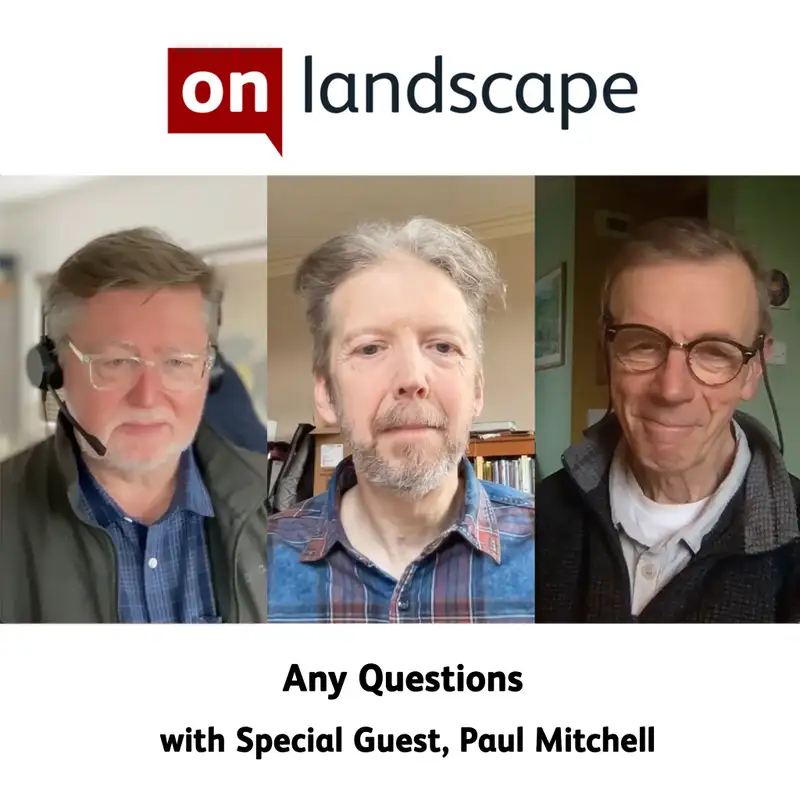Paul Mitchell
Summary
In this conversation, Tim Parkin and Joe Cornish interview landscape photographer Paul Mitchell. They discuss topics such as the longevity of images, the subjective nature of beauty, the role of personal connection in photography, the objectivity of assessing pictures, the relationship between graphic design and photography, the importance of composition, the political nature of photography, and the role of post-processing in creating a personal style. In this part of the conversation, Joe Cornish discusses the ethical responsibility of photographers to protect the environment while photographing. He acknowledges the difficulty of the question and the potential for hypocrisy. Joe emphasizes that he does his best to minimize damage while photographing in nature, but acknowledges that some damage is inevitable. He mentions specific examples of popular locations that have been negatively impacted by the influx of photographers. The conversation then transitions to a discussion about book design and the use of different photo formats within a book. Paul Mitchell shares his thoughts on the importance of spacing and simplicity in book design. The conversation concludes with a discussion about pinhole photography and the unpredictability and creative freedom it offers.
Takeaways
In this conversation, Tim Parkin and Joe Cornish interview landscape photographer Paul Mitchell. They discuss topics such as the longevity of images, the subjective nature of beauty, the role of personal connection in photography, the objectivity of assessing pictures, the relationship between graphic design and photography, the importance of composition, the political nature of photography, and the role of post-processing in creating a personal style. In this part of the conversation, Joe Cornish discusses the ethical responsibility of photographers to protect the environment while photographing. He acknowledges the difficulty of the question and the potential for hypocrisy. Joe emphasizes that he does his best to minimize damage while photographing in nature, but acknowledges that some damage is inevitable. He mentions specific examples of popular locations that have been negatively impacted by the influx of photographers. The conversation then transitions to a discussion about book design and the use of different photo formats within a book. Paul Mitchell shares his thoughts on the importance of spacing and simplicity in book design. The conversation concludes with a discussion about pinhole photography and the unpredictability and creative freedom it offers.
Takeaways
- Beauty is subjective and what appeals to one person may not appeal to another.
- Photographers should stay true to themselves and their own vision in their work.
- Assessing photographs is a subjective process, but experienced assessors try to evaluate the work on its own terms.
- Composition is important in photography, but there are no strict rules and what works is often instinctual.
- Photography can be a powerful tool for political and environmental activism.
- Post-processing is a personal choice and should be used to enhance the photographer's vision. Photographers have an ethical responsibility to minimize damage to the environment while photographing in nature.
- Popular photography locations can be negatively impacted by the influx of photographers, leading to permanent damage.
- Book design should prioritize spacing and simplicity, allowing the images to shine.
- Pinhole photography offers a unique and unpredictable creative experience, allowing photographers to focus on instinct and vision rather than technology.

